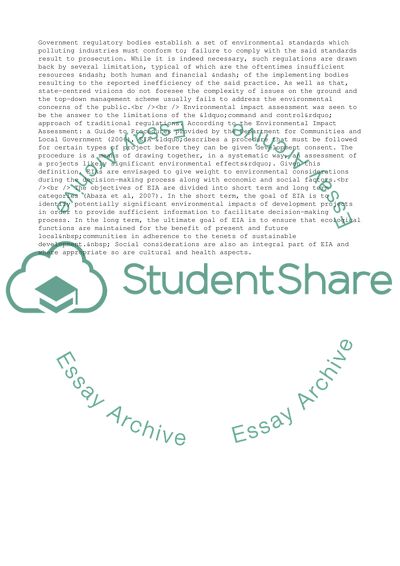Cite this document
(Environmental Impact Assessment as a Design Tool Case Study, n.d.)
Environmental Impact Assessment as a Design Tool Case Study. Retrieved from https://studentshare.org/management/1565109-environmental-impact-assessment-eia-as-a-design-tool
Environmental Impact Assessment as a Design Tool Case Study. Retrieved from https://studentshare.org/management/1565109-environmental-impact-assessment-eia-as-a-design-tool
(Environmental Impact Assessment As a Design Tool Case Study)
Environmental Impact Assessment As a Design Tool Case Study. https://studentshare.org/management/1565109-environmental-impact-assessment-eia-as-a-design-tool.
Environmental Impact Assessment As a Design Tool Case Study. https://studentshare.org/management/1565109-environmental-impact-assessment-eia-as-a-design-tool.
“Environmental Impact Assessment As a Design Tool Case Study”. https://studentshare.org/management/1565109-environmental-impact-assessment-eia-as-a-design-tool.


